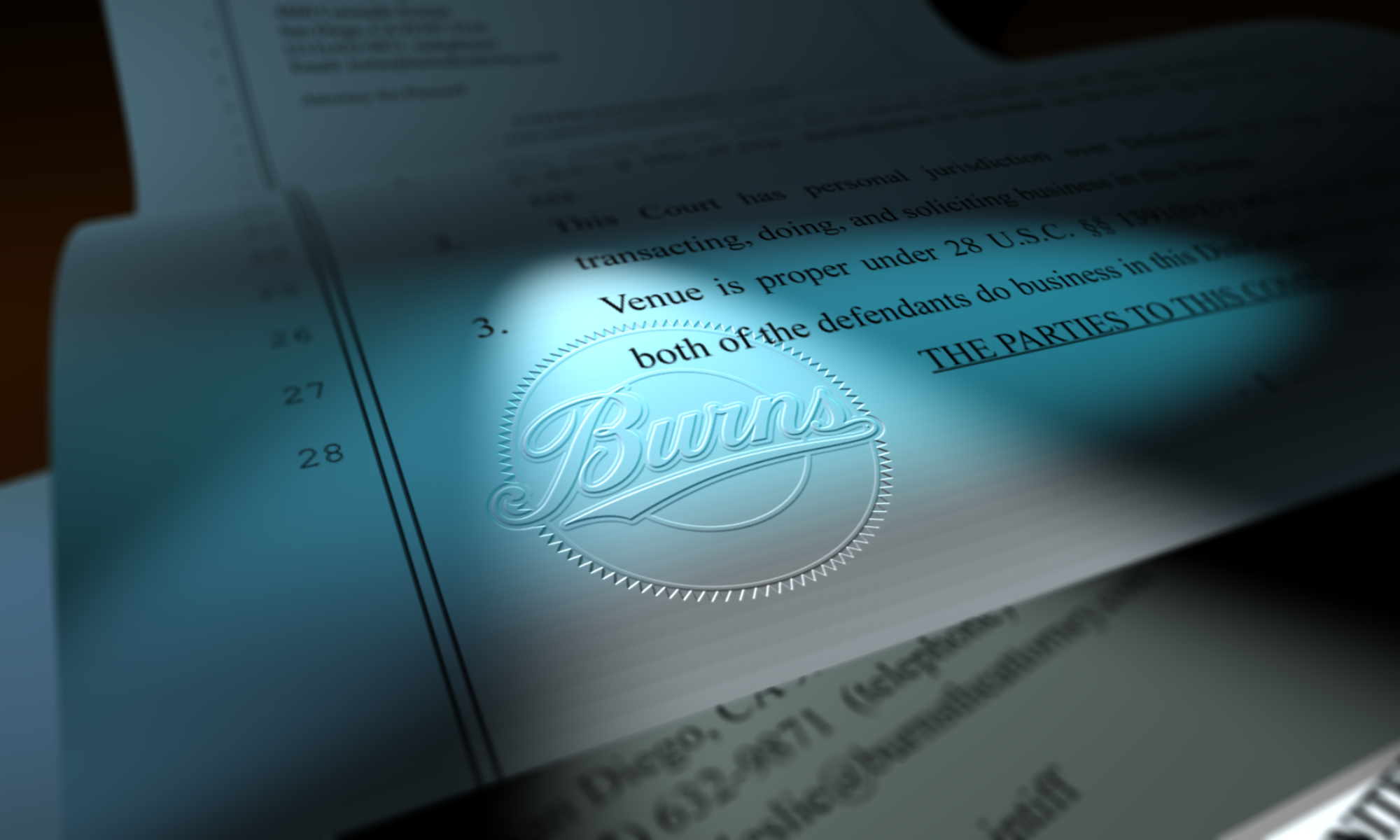Recently on one of the photographer forums I replied to a question asked with some information that I hoped the questioner would find enlightening. Unfortunately, the information challenged one of the poster’s basic assumptions and, well, she didn’t seem to appreciate my well-intentioned help.
This happens to all of us at one time or another. You have a client who wants you to create something for him and when you show him your best efforts, he can’t see it’s the best solution, but instead chooses to see that it doesn’t look like what he had planned. This often results in the client picking the solution apart and the creative “giving in” to the client’s frustration.
This is a case of communication mixed with managing expectations and egos. The poster in my story expected someone to answer her question as she asked it, rather than looking at the fundamental issue behind the question (which really was the more significant issue) and giving her the best advice for her real needs. She was, essentially, too close to the problem to see the solution offered was much more helpful to her business than a “simple” answer to her question would ever have been. She had planned on receiving a certain answer and when she didn’t get what she planned on, it threw her…and she got upset.
A good way to handle situations like this is to remember that you are both looking for the best solution to the client’s problem. You are on the same team–you have the same goal. Why not remind a client of that? Remind him that if you needed a widget, you go to him because he knows widgets and that you believe he came to you because he had faith that you would give him the best creative for his needs. Then explain why your solution is the best by restating his problem and answering it.
For example, I could say to my poster “I understand that you were looking for specific tax advice so that you could complete your tax forms yourself. Right? Well, I told you to hire an accountant and to include that cost in your CODB because that is the best thing you can do to answer this question. CPAs are pros at what they do and your taxes are a vital part of your business. Saying you can’t afford a CPA is the same as saying that you can’t afford a website–it is that important for your business. I would never tell you otherwise because that would be giving you less than the best service I can offer.”
Now, in my case, the poster seemed still upset. This happens. You can’t control someone else or their reactions. This is when you have to take a step out of your emotions and tell yourself “I have done the best I can for this person; I can choose to compromise my values and change what I am offering or I can hold true to my values and let go of fearing this client’s anger.”
I chose to let go. I hope she will see that the advice was in no way an attack against her or her business, but I can’t make her see that. I can only lead and offer. If I had gone back and changed my answer, I would be compromising something very important to my business–my integrity.
Of course, there are situations where you should change your answer/solution–when you did not fully understand the client’s needs. For example, if a client said he needed a shot to show their widget is loved by housewives and you shoot a 35-year old white woman holding the widget lovingly, this would seem like a good solution. However, if the client comes back and says, “we need it to say that it is loved by Asian housewives” then your white woman is not the best solution.
This is why restating the problem is so effective in encouraging communication. It gives the client the opportunity to correct misunderstandings and/or to fill in missing data so that you can collaboratively arrive at the real best solution. It also gives the client the chance to see how you really have his (or her) best interests at heart.
